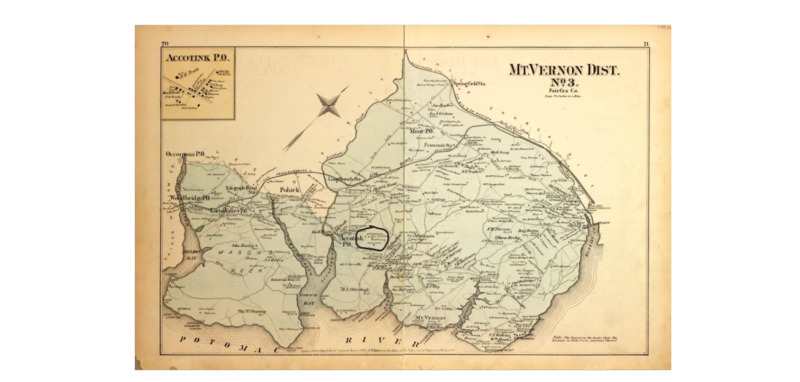Conclusion and Future Research
While William Holland’s life was easily tracked from his son’s birth in 1849 to the first deed of land in the Woodlawn area in 1856, his estate was complicated. It was found through research that his estate was a huge part of his life and crucial to figuring out details about the Holland family. William W. Holland (the original William’s son) was, by far, the name that appeared in most of the entries throughout the years. Having reached the impressive age of ninety-two, he lived to see the creation of the original Holland estate and was there to watch his son, William W., sign off the acres to his grandson Cornelius. It is unknown where William Holland went afterwards—perhaps he still lived with his son and family or moved away. It is possible that some of the records show his existence post William W. taking control of the estate, however they were not discovered in the original research for this project.
The Hollands’ story is uniquely fascinating solely based in the time period. Beginning in the 1850s, the time to own twenty acres of land was relatively early compared to other researchers participating in the Black Lives Next Door initiative. A topic of interest is where the Holland family is now, post-1920. It seemed as if the family kept growing and breaking off pieces of William Holland’s original estate, but eventually stopped appearing as the Holland estate. As the estate has been traced for around seventy years, the evolution of the Holland family is seen on paper. The Fairfax County Circuit Court’s Historic Records Center was an incredibly useful resource in looking at the history of the Holland family and putting together the pieces of various sources. We intend to look further into William Holland's life in the future.
Researched by: Kate Trebra
